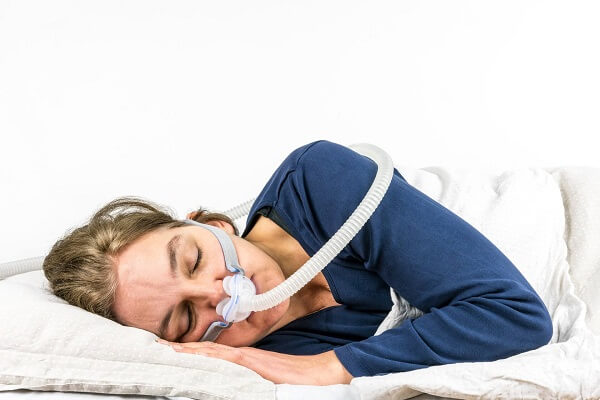Sleep Apnea

Many people have this disorder without even realizing it. It is more common in adults than in children because of factors such as age and health. The condition affects more than three in every 10 men and nearly two in every 10 women so it’s better to have yourself checked out to be sure.
Symptoms
Snoring is its most common symptom, it may seem harmless but can have serious effects. But not everyone who snores can be diagnosed with the same disorder. Snoring is most likely a symptom of the problem when it is continuously succeeded by silent breathing pauses and choking or gasping sounds. People with this disorder often have daytime sleepiness or fatigue because of lack of sleep.
Common symptoms also include:
- Silent pauses in breathing
- Choking or gasping sounds
- Insomnia
- Morning headaches
- Nocturia (waking at night to go to the bathroom)
- Mental cloudiness such as difficulty focusing and memory loss
- Sexual desire dysfunctions
- Irritability
Kinds of Sleep Apnea
The most common type among patients is Obstructive Sleep Apnea (OSA). In most cases, air stops flowing to the lungs due to an impediment or obstruction in the upper airway such as the nose or throat.
Excessive weigh and obesity in adults is the most common cause of this disorder. The condition is associated with the soft tissue of the mouth and throat. Throat and tongue muscles are more relaxed when you sleep so this soft tissue can cause the airway to become obstructed. Nevertheless, many other factors also are associated with the condition in adults that predict severity of the condition.
In children, causes often include enlarged tonsils or adenoids and dental conditions such as a larger than normal overbite. Less common causes include a tumor or growth in the airway, and birth defects that could obstruct airways such as Down syndrome and Pierre-Robin syndrome. Although childhood obesity may cause this particular sleep disorder, it is less rampant in younger patients than compared to adult obesity.
Central Sleep Apnea (CSA)
This disorder is rarer than OSA. In some cases, the airway is not obstructed but air stops flowing to the lungs because no effort is made to breathe. This is more of a miscommunication between the brain and the body which impedes so the automatic action of breathing resulting it to stop erratically. Snoring is less common with people with CSA so the condition sometimes goes unnoticed.
Mixed Sleep Apnea
This disorder is a combination of both OSA, where there is a blockage or obstruction in the upper airway, and CSA, where no effort is made to breathe. This is more difficult to treat as it deals with both kinds of sleeping disorder.
Dr. Kanwar Kelley is located at Orinda California and if you are suffering from sleep apnea, don’t hesitate to make an appointment (925) 254-6710. He is an experienced physician in many illnesses who can guide your health in the right direction.
Working Hours
Monday – Friday
09:00 – 04:00
Telephone support and scheduling. Clinic times vary.
Emergency Cases
(925) 254-6710